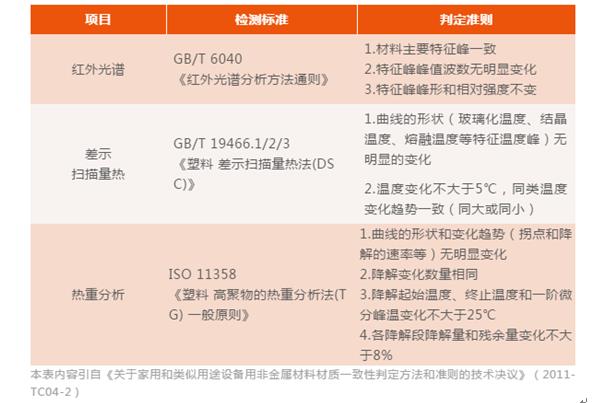about us
News Center
Your current location:Home - About us - News centerIn 2020, China Quality Certification Center issued the technical resolution on the determination methods and guidelines for the material consistency of non-metallic materials for household and similar equipment (2020-tc04-2). The technology clearly points out that only when the three criteria are met at the same time can the material be judged to be the same.
The full name of infrared spectrum is called Fourier transform infrared spectrum. It uses molecules to selectively absorb certain specific wavelengths of infrared rays to generate characteristic infrared absorption bands. Through these characteristic infrared absorption bands, chemical bonds or functional groups in the molecular structure can be obtained to analyze the material structure. The infrared spectra of different functional groups are different.
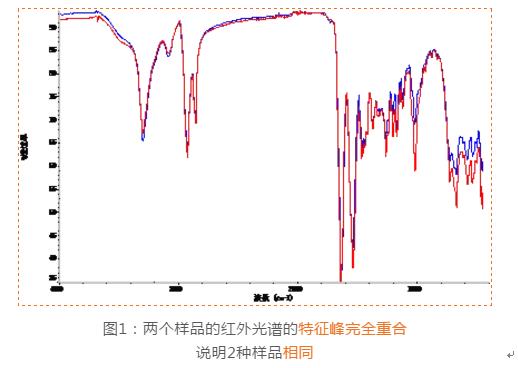
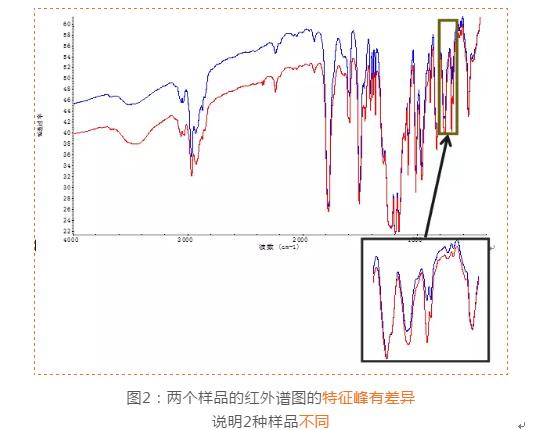
Differential scanning calorimetry (DSC) is a scanning curve obtained with temperature (or time) as abscissa and the rate of heat absorption or release of sample as ordinate under the control of temperature change. According to the endothermic and exothermic conditions of the substance, the melting point, crystallization temperature, glass transition temperature, curing degree and enthalpy of the substance can be obtained
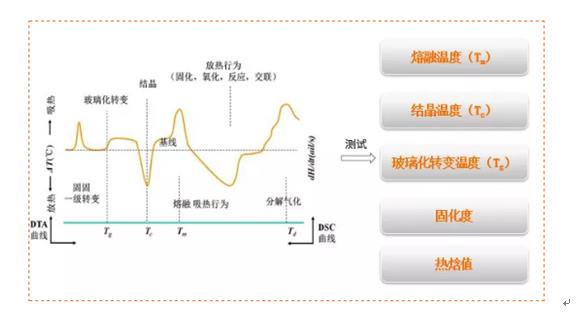
For non crystalline materials (such as rubber, polycarbonate PC, PMMA, etc.), there is glass transition temperature, while for crystalline materials (such as polyethylene PE, polypropylene PP, polyamide PA, etc.), there are obvious melting point and crystallization temperature peaks. Through the analysis of DSC curve shape and change trend, we can compare the different materials.
For example, the melting point of the sample in Figure 3 is 256 ℃, and the melting point of the sample in Figure 4 is 261 ℃. The melting points of the two samples are different, so they are not the same material.
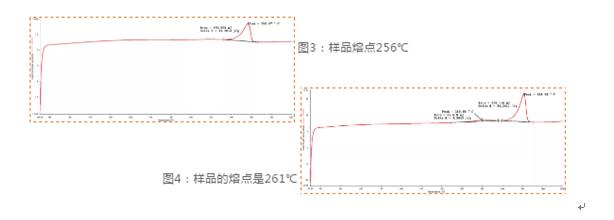
The principle of thermogravimetry is a kind of thermoanalysis technology which measures the relationship between the quality of samples and the temperature change under the program control temperature. It is used to study the thermal stability and components of materials. With the increase of temperature, the order of decomposition of the tested samples is: the first decomposition is water, solvent, monomer and other substances, followed by the decomposition of polymer components, followed by the decomposition of carbon black, carbon fiber, calcium carbonate and other inorganic substances, and the last remaining substances belong to the combustion residual ash.
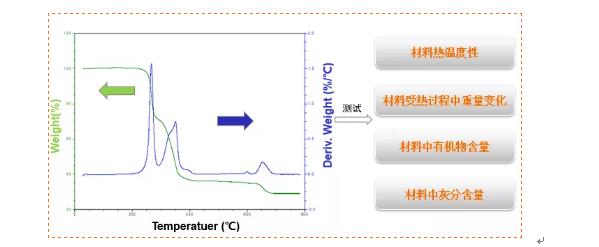
For example, figure 5 and Figure 6 are the TGA curves of the two samples respectively. It can be seen that the thermal decomposition process and combustion residue of the two samples are the same, and it can also be seen from Figure 7 that the TGA curves of the two samples are coincident.
In addition to the above infrared analysis, differential scanning calorimetry and thermogravimetry, it can also test the physical properties of samples, such as density, stretching, bending, impact and other auxiliary means. The following table summarizes the determination rules of material consistency.
